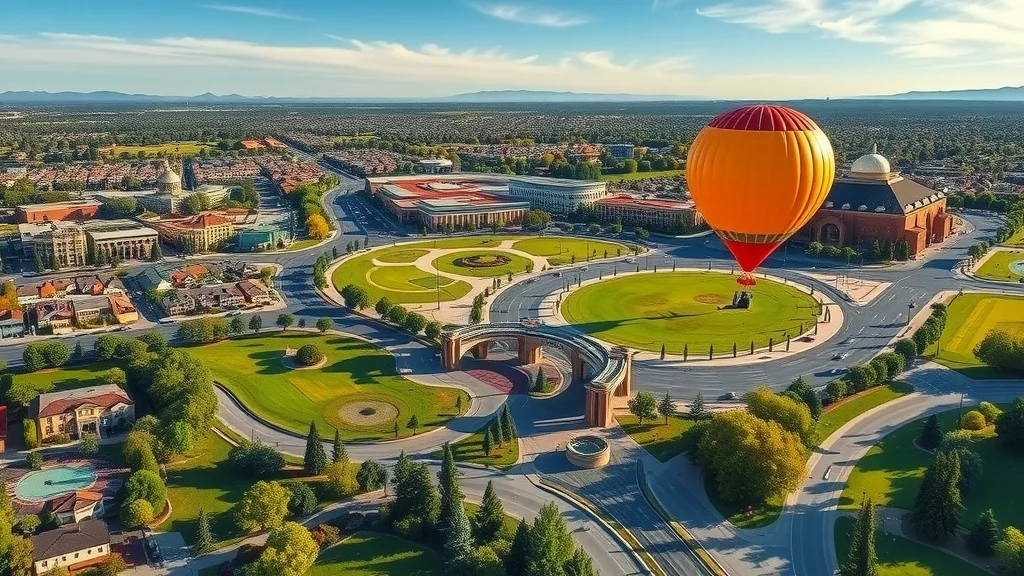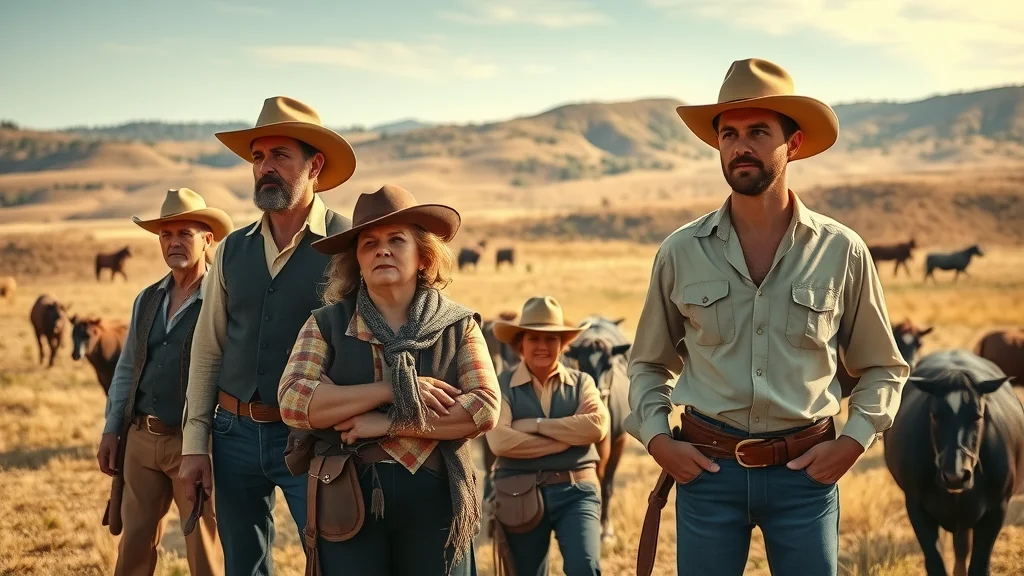Did you know that before the City of Irvine became a global innovation hub, its land once sprawled under a single ranch covering more than 110,000 acres, bigger than San Francisco? The secrets behind Irvine city history run much deeper than most residents ever realize, threading back to pioneering families, ingenious planning, and a series of bold transformations that shaped Orange County and Southern California forever. In this article, we dig up the city’s hidden roots, surprising facts, and remarkable people behind the legacy you thought you knew.
Opening the Vault: Astonishing Facts About Irvine City History
The story of Irvine is more than just a timeline; it's an unfolding journey full of unique facts and remarkable milestones. One little-known truth is that James Irvine and his partners once controlled a ranch aptly called the Irvine Ranch that was among the largest private landholdings in the United States. The land’s transformation began almost overnight after the deal struck in 1864, but for decades before, it was raw terrain, first shaped by the hands of Native Americans, then by Spanish and Mexican settlers, and later by American industrialists and visionaries.
Another surprise: what we now call the City of Irvine was actually conceived as a vast agricultural empire, providing produce for Los Angeles and markets all the way to the Pacific Ocean. To this day, echoes of ranch life float in neighborhood names like University Park and in the city’s unique greenbelt and open space network. With every layer, from the early partnership of the Flint, Bixby, and Irvine families to the master plan that set the standard for urban development in the 1960s, Irvine city history reveals new secrets around every sunlit corner.
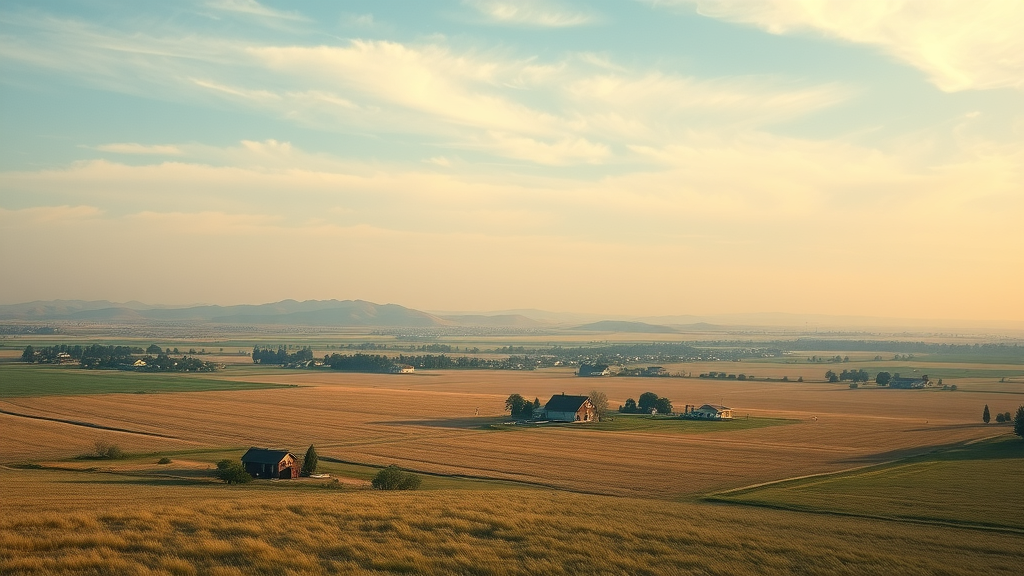
"Before Irvine was a city, legends were being built." Local Historian
What You’ll Learn About Irvine City History
The fascinating origins of Irvine's city history and its founding dreamers
Untold stories of the Orange County landscape before modern development
How the master plan shaped the City of Irvine
Key turning points from ranchland to global innovator
Surprising legacies of the Irvine family and their partners
Setting the Stage: How Benjamin & Thomas Flint, Llewellyn Bixby, and James Irvine Shaped Irvine City History
Credited as the architects of change, Benjamin & Thomas Flint, Llewellyn Bixby, and James Irvine were more than land barons; they were visionaries who saw what Southern California’s open fields could become. In an age when most of Orange County was still ranchland, these men assembled enormous tracts of land, dreaming of vast agricultural success and sparking a legacy that set the stage for the urban development that would follow.
Their partnership represented ambition, bridging the region’s Spanish and Mexican past with the economic potential exploding from the gold rush. By acquiring swathes of Rancho San Joaquin and other former land grants during a time of financial turmoil, these men crafted a destiny that would see their names far outlast their lifetimes. Modern residents of Irvine, CA, might drive past glassy business hubs or leafy subdivisions without realizing it all began with a few bold families and a strategic plan over 150 years ago.
The Acquisition: 1864 and the Assembling of the Great Ranch
In 1864, with gold fever calming down but opportunity still ripe, three key partners, Benjamin & Thomas Flint from Northern California, Llewellyn Bixby from the Bixby Land Company, and James Irvine, joined forces to purchase over 100,000 acres of land. This was a defining moment in Irvine's history. Their partnership strategically acquired large land grants, including Rancho San Joaquin and holdings from bankrupt Spanish and Mexican grantees. While the Flint and Bixby interests would later step aside, leaving James Irvine in control, this acquisition laid the literal and figurative ground for everything that followed.
As stewards of this immense property, the partners introduced cutting-edge agricultural methods, making Irvine Ranch a model for future Orange County developments. In the decades to follow, especially post-World War II, the land would become not just a source of citrus and livestock, but the seed of the city of Irvine itself. That 1864 handshake still echoes in open spaces and master-planned communities today.
"The Flint, Bixby, and Irvine partnership laid the groundwork for what would become the City of Irvine and the surrounding region."
Irvine Ranch Origins: City of Irvine’s Agricultural Backbone
The Irvine Ranch sits at the heart of Irvine's city history. First carved from vast Spanish/Mexican land grants, it became Orange County’s breadbasket and the root system for the entire region’s growth. Early agricultural operations focused on sheep and cattle, then shifted to wheat, and later diversified into olives, avocados, lima beans, and, most notably, oranges, the fruit that gave the county its name.
Up through the middle of the 20th century, the Ranch’s success helped to finance roads, schools, and community institutions, including critical infrastructure during World War II, as El Toro Marine Corps Air Station was established nearby. The successful stewardship of land and use allowed the Irvine Company to later serve as a pioneer in creating purpose-built communities, leading to the master plan that transformed the agricultural basin into one of Southern California’s premier cities. This agricultural backbone remains vital in understanding today’s parks, greenbelts, and focus on open space.
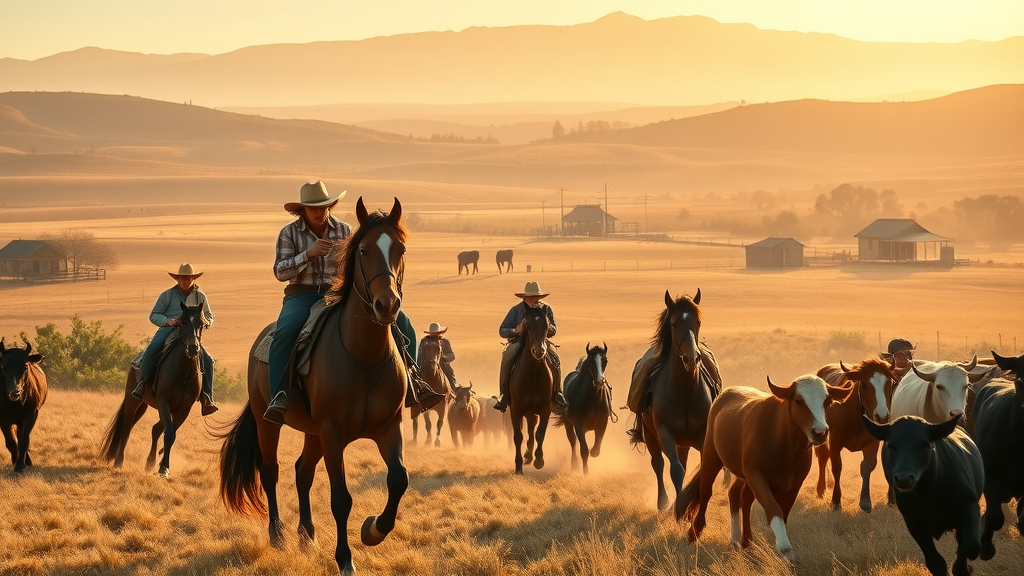
Spanish/Mexican land grants
The deal that changed Orange County
Early land use and agricultural focus
The City of Irvine Master Plan: Vision, Strategy, and Legacy
Perhaps the most remarkable secret behind Irvine city history is its rise as America’s most ambitious master-planned city. In the early 1960s, a new vision took shape. Led by the Irvine Company and visionary planners like William Pereira and Ray Watson, the master plan called for neighborhoods with sculpted greenbelts, world-class schools, and ample open spaces. This ensured that even as new families poured in during the postwar boom, every square mile would serve not only as a home, but as a dynamic, connected community.
With the city’s official incorporation in 1971, the plan’s ideals were cemented in law, spurring decades of controlled growth that shielded Irvine from the sprawl problems plaguing Los Angeles and other big cities. The result: a place where the integrity of the original landscapes, like San Joaquin Marsh and University Park, lives alongside the vibrancy of a truly modern metropolis. Today’s Orange County Great Park and numerous recreational zones reflect those original priorities, making Irvine a model not just in urban planning, but for how cities can grow and still honor their roots.
The Rise of a Model City in Irvine City History
The birth of the City of Irvine as a model American city was no accident. The Irvine Company led the charge, developing an innovative master plan designed by architects like William Pereira that combined residential living, business parks, schools, shopping centers, and parks in carefully zoned districts. From the start, planners focused on protecting large areas of open space and providing a quality of life unmatched in most of California, promoting health, safety, and economic strength.
This approach led to Irvine’s signature look: winding trails, village-style neighborhoods, and thoughtfully integrated housing for people of all ages and backgrounds. Every detail, right down to the placement of trees and schools, fits into the city’s legacy as a place for families, innovation, and global culture. The buzz around UC Irvine and corporate powerhouses like Broadcom traces directly to this plan, a vision that continues to influence the future of Orange County and beyond.
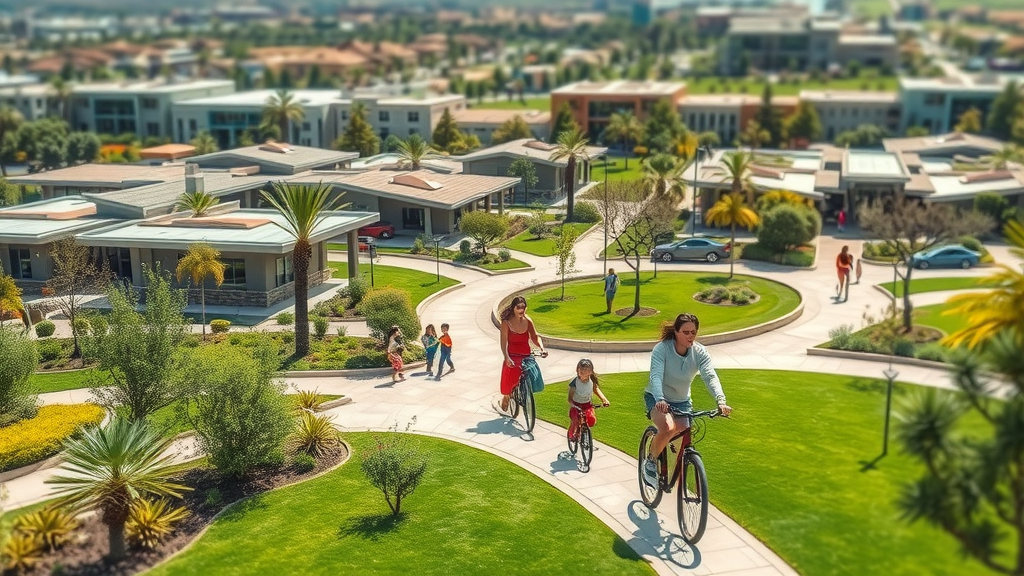
City of Irvine Master Plan Milestones |
||
Year |
Milestone |
Lasting Impact |
|---|---|---|
1960s |
Master planning begins |
Planned growth and greenbelts |
1971 |
Irvine officially incorporated |
Controlled development |
1980s |
Expansion of business hubs |
Economic powerhouse |
Designing Community: Parks, Schools, and Open Space in the City of Irvine
At the core of Irvine's city history is the enduring focus on true community: abundant parks, neighborhood schools, and a steadfast commitment to open space. With more than 16,000 acres devoted to permanent green zones, hiking trails, and natural preserves, including treasured resources like San Joaquin Marsh and Orange County Great Park, Irvine ensures its children grow up with room to roam. Neighborhoods are anchored by local schools that frequently top state and national rankings, all within walking or biking distance for most families.
Playgrounds and parks aren’t just afterthoughts; they’re the heart of the city’s layout, offering a daily dose of nature and fostering strong community ties. This design, initiated by the original master planners, remains a pillar of the city’s success and quality of life. The legacy left by ranchland stewards remains in these greenbelts, each one a living artifact that connects the future to the city’s remarkable past.

People Also Ask About Irvine City History
What is Irvine famous for?
Irvine is famous for its master-planned community design, highly ranked schools, sprawling parks, and thriving economic sectors with a reputation as one of California’s safest cities.
What was Irvine called before?
Before the city was incorporated, the area was known as the Irvine Ranch, a vast agricultural expanse shaped by the Flint, Bixby, and Irvine partnership that predominated much of present-day Orange County.
Is Irvine owned by a billionaire?
While the Irvine Company, as the original landowner, was historically family-run, today it operates as a privately held corporation rather than being owned by a single billionaire. Donald Bren, its chairman, is often cited among wealthy Americans.
Where did the Irvine family come from?
The Irvine family traces its roots to County Down in Ireland, migrating to California during the Gold Rush era. James Irvine built his legacy as co-founder of the ranch that bore his name.
Behind the Scenes: Untold Stories and Hidden Chapters in Irvine City History
Much of Irvine's city history lies behind the curtain in stories of Native American villages, Spanish settlers, and courageous immigrants. Not unlike gold rush adventurers, families like the Irvines braved ocean passages to seek their fortunes in California. The creation of El Toro Marine Corps Air Station during World War II also marked Irvine as vital to the defense of the United States. This is where the work of visionaries outlasted the hardship of drought, war, and financial crash.
Even today, clues to these untold stories are everywhere: street names like Bixby, Pereira, and Watson honor the original builders; preserved farmhouses and barns serve as reminders of the master plan’s agricultural origins. These lesser-known chapters help us appreciate just how much thoughtful leadership and risk have shaped today’s vibrant and innovative city.
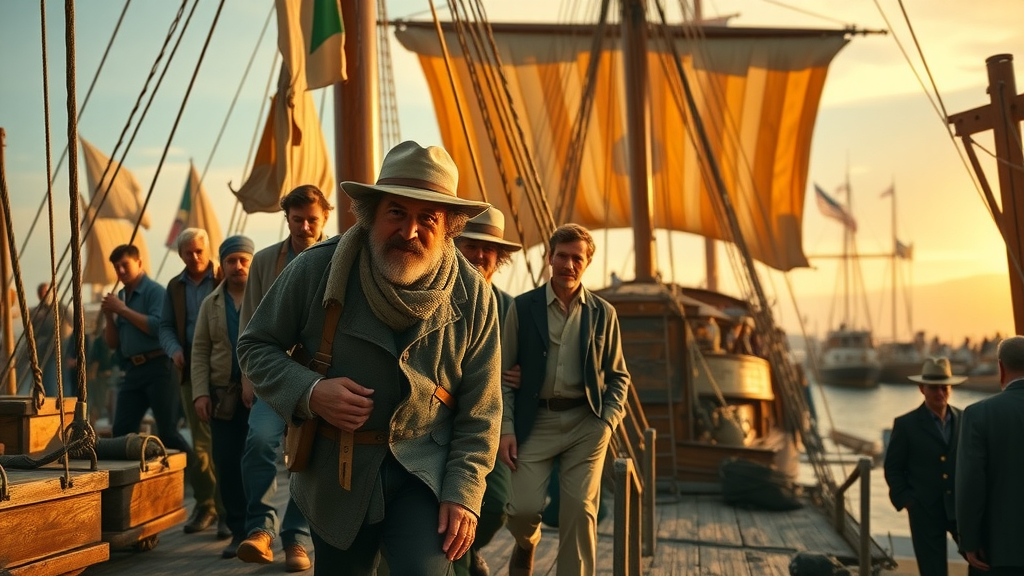
"The real story of Irvine is one of visionaries who saw potential where others saw brush and chaparral."
Landmarks Through the Ages: Evolution of the City of Irvine’s Identity
Historic ranch houses and their modern echoes
Transformation of farmland to master-planned neighborhoods
The University of California, Irvine, and its impact
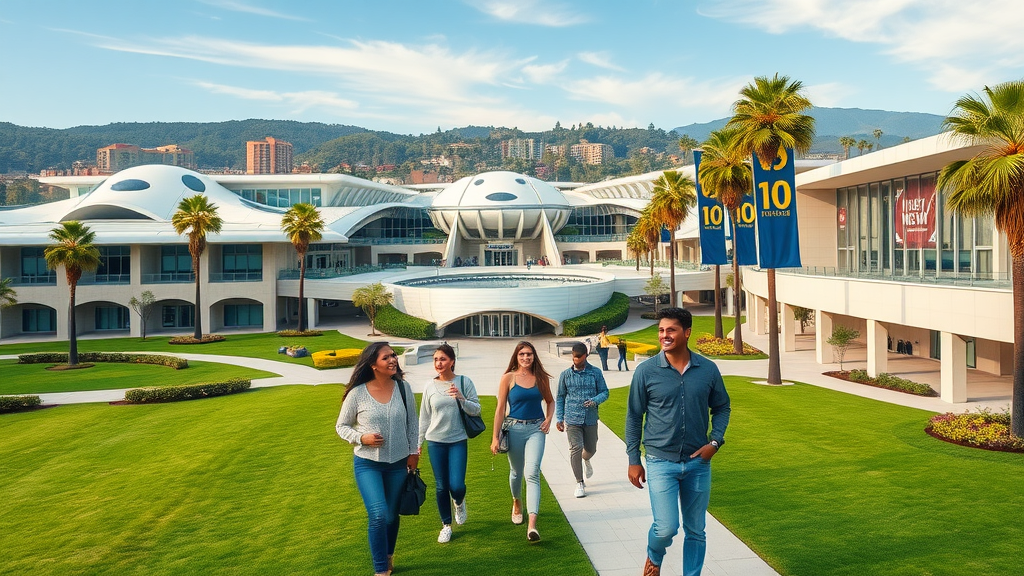
Each generation in Irvine city history has contributed new landmarks. Early ranch houses like those that dotted the Irvine Ranch have inspired contemporary homes and the city’s signature “village” style. As farmland gave way to neighborhoods, the city welcomed UC Irvine, which has since grown into a world-class research institution, attracting talent and innovation from around the globe.
Modern parks, such as the Orange County Great Park, blend Irvine’s agricultural past with a new commitment to recreation and the arts, while locations like the San Joaquin Marsh offer an ongoing window into the land’s primal beauty. Each transformation, be it the creation of new business districts or the preservation of historic echoes, deepens Irvine’s unique sense of identity.
Modern-Day City of Irvine: Innovation, Community, and Lifestyle
From its roots as a ranching and agricultural capital, Irvine city history now stands out for its leadership in technology, education, and quality of life. The city's residents enjoy diverse neighborhoods, award-winning public schools, and a robust local economy that attracts major corporations and entrepreneurs. Its parks and open spaces have set a benchmark for city planning, drawing families and professionals alike to this special place in Orange County.
Today, Irvine’s diverse population represents the realization of those early dreams, a place where history, innovation, and community come together to create a city unlike any other. Whether you’re walking the campus at UC Irvine, biking along greenbelts, or dining in bustling shopping districts, the city’s legacy is always present, whispering stories of those who dared to dream.
From Ranch to Tech Hub: Irvine City History in the 21st Century
The 21st century has brought Irvine to the forefront as a center of technology, sustainable urban design, and vibrant diversity. Companies like Blizzard, Broadcom, and Allergan have turned business parks into innovation playgrounds, while the city’s relentless focus on safety and sustainability is often cited as a national model. New generations reap the rewards of a living master plan that remains adaptable, responsive, and always in tune with the needs of its residents.
As Irvine's city history continues to unfold, the city proves it’s possible to honor one’s past while shaping a bold and hopeful future, a lesson that stands as a beacon for cities everywhere.
Frequently Asked Questions About Irvine City History
How did the Irvine Company help shape the master plan?
What makes the City of Irvine’s growth unique in Orange County?
Are there historical sites to visit today in Irvine?
How has Irvine’s population changed over the decades?
Key Takeaways: The Enduring Legacy of Irvine City History
Irvine's city history is a testament to vision, adaptability, and community planning.
The city’s legacy is woven from its agricultural roots and its contemporary global influence.
Remaining connected to its origin stories provides insight into future growth and innovation.
Conclusion: Discovering Irvine City History - Reflections and Next Steps
The story of Irvine is forever evolving. By exploring its unique history, residents and visitors alike better appreciate the rich legacy and enduring promise of this remarkable city.
Contact & Connect: Continue Your Irvine City History Journey
The Daro Digital Team hopes this article has been interesting and valuable to you. Do you have any questions, or would you like us to help your company with Local Marketing and becoming a Trusted Topical Authority in your industry? Send us an email: info@darodigitalmedia.com or schedule a call with us at https://talkwithrob.com
Sources
To delve deeper into the rich tapestry of Irvine’s past, consider exploring the “History of the City” page on the official City of Irvine website. This resource offers a comprehensive overview of Irvine’s evolution from its early days to the present. (cityofirvine.org)
Additionally, the “Irvine, California” article on Wikipedia provides detailed insights into the city’s development, demographics, and cultural landmarks. (en.wikipedia.org)
If you’re serious about uncovering the multifaceted history of Irvine, these resources will provide you with a wealth of information and unique perspectives.
 Add Row
Add Row  Add
Add 

